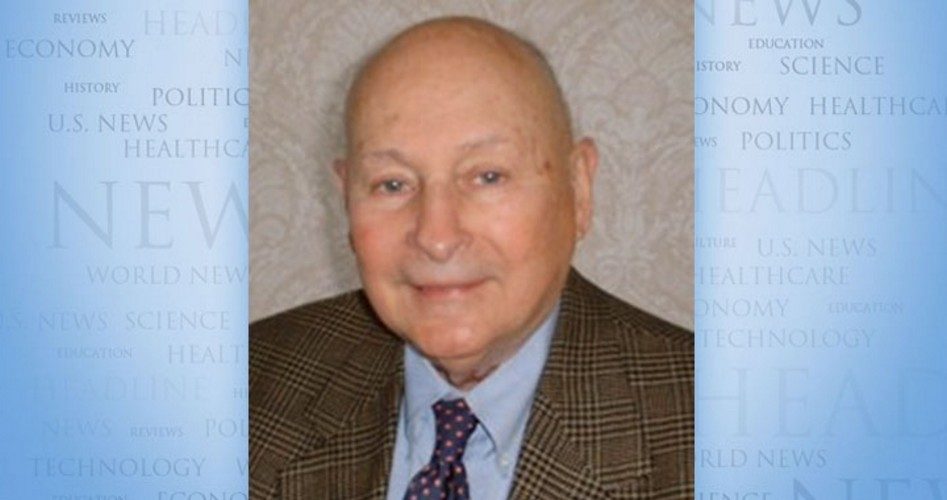
Teach for America was founded in 1990 by Princeton graduate Wendy Kopp, who believed that what was needed to reform American public education was an infusion of idealistic young graduates from our universities who would volunteer to teach in our failing public schools for two years and bring new energy and enthusiasm into the classrooms, thus inspiring the students to do better. According to the New York Times:
[Based on an idea proposed in her senior thesis] Teach for America started as a kind of civil rights crusade, with 500 novice teachers in six regions across the country. The nonprofit organization faced financial and management challenges during its first decade, but since 2000 had been growing its teaching corps close to 20 percent every year…. Teach for America now has 10,500 teachers in classrooms in 35 states and employs 2,400 people across its regional offices. Last year, it had revenue of $196.2 million.
TFA is supported by the Walton Family Foundation (Walmart), Wells Fargo, Comcast NBC-Universal, and billionaires John D. Arnold and Eli Broad. But this year fewer graduates are signing up for this teaching mission. Fewer grads are willing to take low-paying teaching jobs in our poorest schools. In addition there has been growing criticism from teachers unions, education colleges, and policymakers, who complain that the five weeks of training these volunteers get is hardly enough to make up for the four years of training students undergo in education schools.
Some critics have called Teach for America a “Band-Aid” rather than a long-range solution to our education problem. Charter schools have become greatly reliant on Teach for America to recruit many of their teachers. Indeed, two TFA alumni founded the KIPP network of charter schools. There are four KIPP schools alone in the Boston area. I visited one of them in Lynn and was quite impressed with what I saw. The children were all dressed in uniform attire. They were attentive and serious about their studies. I observed a science class where they were studying the parts of a flower. The students’ interest was total. They were enjoying learning science.
Yet fewer graduates are signing up for TFA. The Times report explained:
Leaders of the organization say their biggest problem is that the rebounding economy has given high-achieving college graduates more job choices. “It’s so different from three years ago, where suddenly you have candidates that may have an offer from Facebook and Wells Fargo and an offer to join the TFA corps, and clearly, the money is going to be radically different,” said Lida Jennings, executive director of the Los Angeles office of Teach for America.
And questions remain: Can these new recruits be taught to perform well in their classrooms. The TFA website sums up its five-week training program, “Institute,” which is done at 15 different locations:
During institute, corps members teach summer school for four of five weeks and help their students master critical content for the fall. Coursework is designed to help corps members establish a bold vision for summer school and learn essential teaching frameworks, curricula, and lesson planning skills while building relationships within their school and community. Corps members work with experienced teachers who observe and coach them to improve their skills quickly throughout the summer. By the end of institute, corps members have developed a foundation of knowledge, skills, and mindsets needed to be effective beginning teachers, made an immediate impact on students, and built relationships that will support them throughout their corps experience.
But if that’s all it takes to train an effective public school teacher, then why are thousands of student teachers paying thousands of dollars to undergo four years of inculcation in our many expensive schools of education?
I noticed in the TFA Institute program only one reference to literacy, on its last line:
Literacy Development: Explores how to teach literacy skills to students at all performance levels and across grade levels and content areas.
But it provided no particular reading program nor an understanding of the two conflicting methods of teaching reading. Teaching “literacy skills” could refer to sight reading or phonetic reading.
If I were in charge of curriculum at a teachers college, I would have the students read Rudolf Flesch’s Why Johnny Can’t Read (1955) and my own book, The New Illiterates (1973). That would at least help them understand the importance of using the right method of teaching reading. I assume that the recruits for TFA were good readers. But being a good reader doesn’t mean that you know how to teach someone else to read.
Wendy Kopp must be commended for creating Teach for America. But a private initiative for improving public education must be based on a true understanding of how to change the system. The TFA website describes its mission:
Change is Possible. We can provide an excellent education for kids in low-income communities. Although 16 million American children face the extra challenges of poverty, an increasing body of evidence shows they can achieve at the highest levels.
Indeed, the only road out of poverty is a good education, one based on high literacy which can only be achieved if every child is taught to read with intensive, systematic phonics. It’s as simple as that. Unfortunately, our teachers colleges are run by progressives who have fought against high literacy since 1898 when John Dewey launched his campaign against traditional primary school phonics. And I’m afraid that even Wendy Kopp is not aware of this. It would help if she were.

